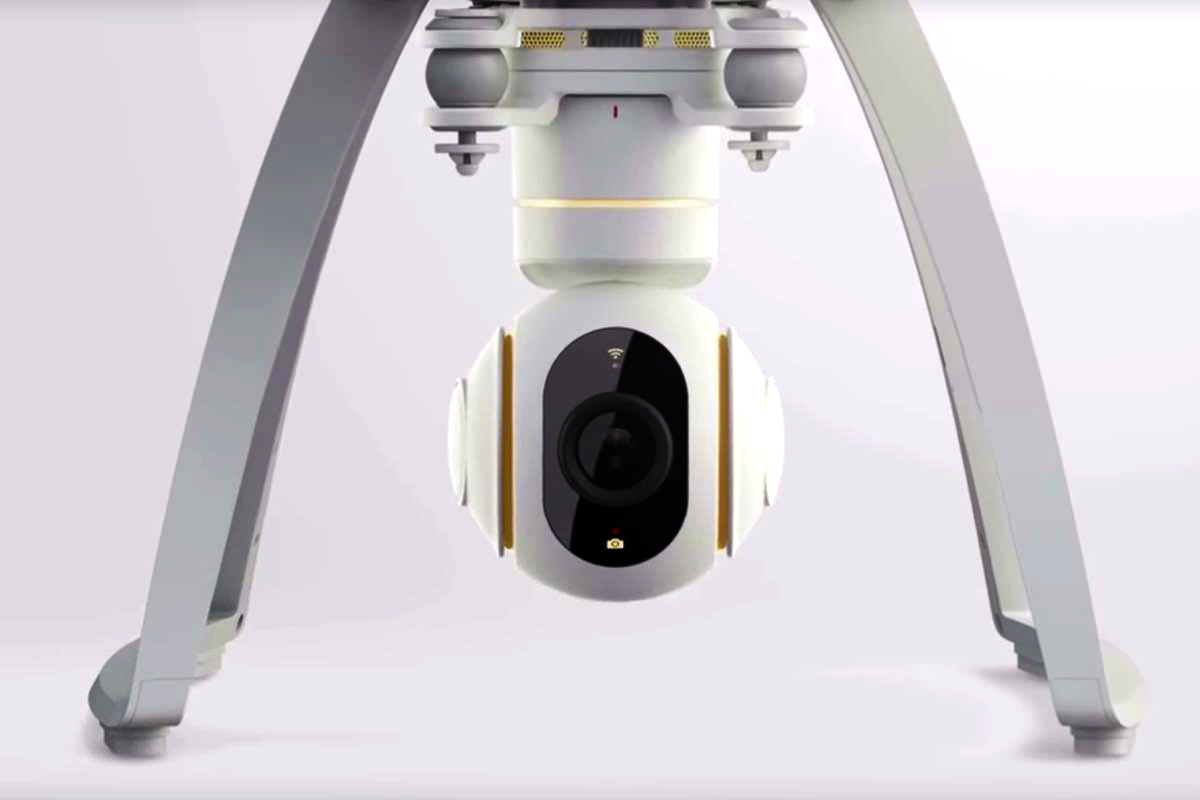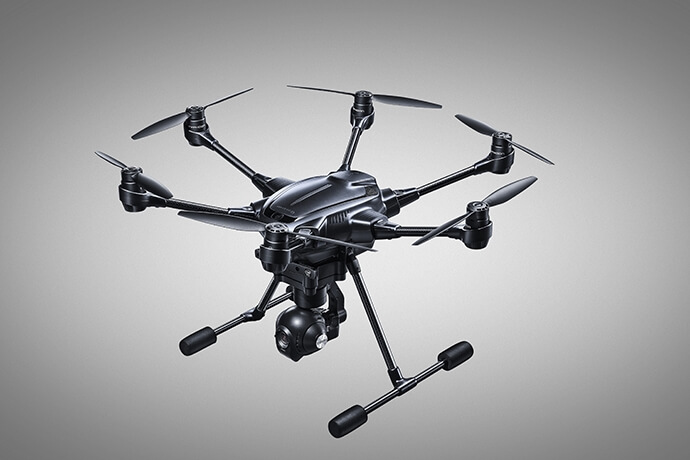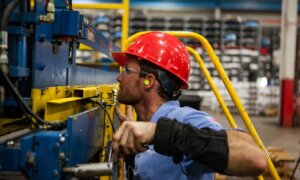
In the second part of our drone series, we explained why stabilization software is preferred to traditional gimbals when it comes to video recording. We also saw the work that goes into stabilizing footage captured by a drone. Yet, the whole process is still, in large part, coordinated by men. How can drones become truly autonomous? Two words: computer vision.
Drones have eyes but are incapable to understand what they see. They are guided by more or less vigilant pilots from the ground. If there’s hope to make drones really autonomous some day, they have to be able to make real-time reconstructions of their environment. For that to happen, computer vision is essential.
Nowadays, most consumer-grade drones are relying on GPS to follow the path set, relay their locations to the controller, correct course when wind is particularly trying and set a takeoff point for returning home unassisted. GPS signal is accurate within a few meters and can entirely miss in certain locations, restraining drones’ flight area.
Object tracking challenge example for drones
Computer vision, though, can help drones recognize and memorize the subject tracked with higher accuracy, even if it’s a moving one. In other words, this technology helps a drone frame shots automatically. As great as that sounds, it’s not easy to implement on UAV’s. This is why object recognition and tracking are rare in consumer level drones.
DJI Phantom 4 is one of the first that employs it (at a steep price, nevertheless), yet is still far from offering autonomous flying, the end-goal of the industry. Intel will embed its RealSense Technology into the high-end Typhoon H drone, in another effort to provide understanding to drones by helping them avoid obstacles. But the truth is these initiatives are not enough in the grand scheme of things, just pieces of a puzzle.

Yuneec RealSense Typhoon H
So far, only DARPA (Defense Advanced Research Projects Agency) can say it has almost achieved complete autonomy. Their drones are being tested in obstacle courses at speeds of 45mph, with the hope that one day they will help citizens and go on military reconnaissance missions. To built an intelligent drone, DARPA used pieces from a multitude of drones and several cameras, LIDAR and sonar sensors to make them understand their environment.
Yet, military drones are not consumer-grade drones and won’t become ones in the foreseeable future. Add to this the knowledge that soon, countries will issue ISO standards for drones (technical specifications that help develop a quality management system), like the ones that exist in the automotive industry. Therefore, you will need computer vision experts and products that have been tested thoroughly on a number of platforms before attempting to adapt them perfectly to drones.
If drones are smartphone cameras with wings, then neither Intel nor DJI have the required experience in computer vision or smartphones. We’ll just have to wait and see who will be good enough to rise to the challenge and what will happen then.
Next time, we’ll draw the final conclusions and answer some burning questions: will drones change our lives as we know them? In what way?
*This article is written as part of an editorial series presented by FotoNation.
Follow TechTheLead on Google News to get the news first.






